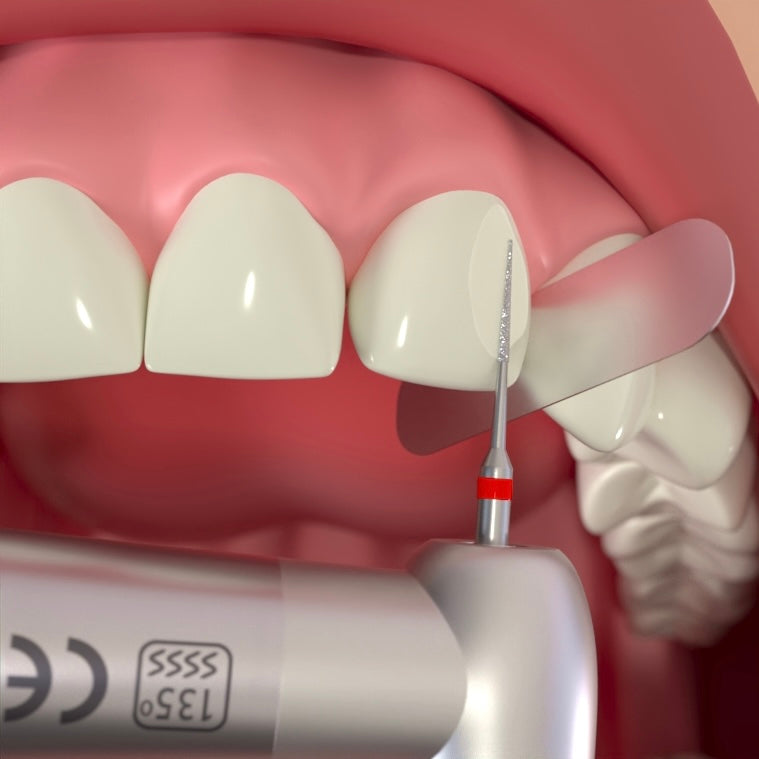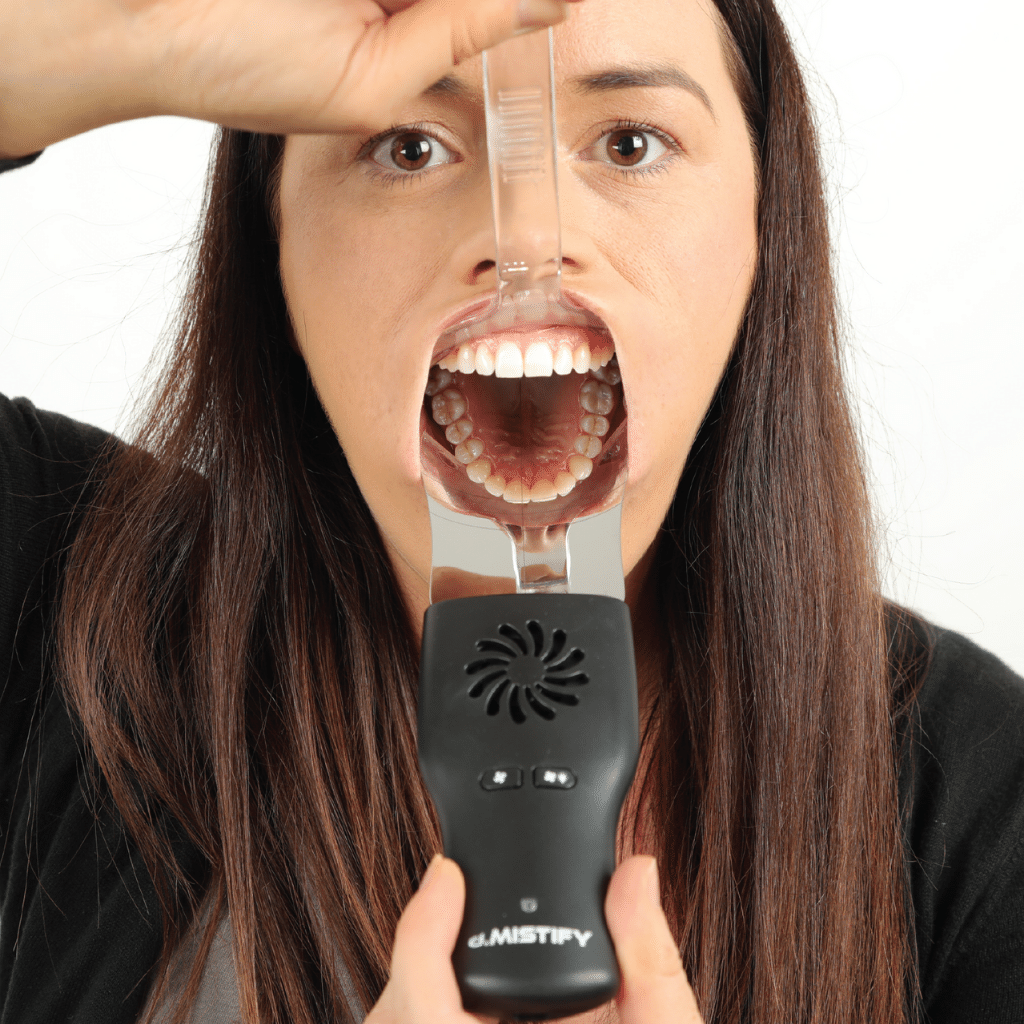How Munchies® were born - PART 3


The challenge to identify a material for the Munchies that was idyllic was monstrous. There were so many factors to consider, but undoubtedly the “Hardness” index was the most difficult .
We knew that the visco-elastic property was an essential element. Viscoelastic behaviour is a combination of elastic and viscous behaviour where the applied stress results in an instantaneous elastic strain followed by a viscous, time-dependent strain.
This ensured that we would not achieve any permanent deformation of the device and even under great loads, up to 60N, the aligners morphological integrity would not be disrupted when the load was applied.
We approached the leading medical grade silicone manufacturers and ordered a wide variety of hardnesses. Compression moulding and Injection moulding require different properties, so tools and processes were assembled to allow us to test the fabrication process.
The manufacturing protocol was time consuming and frustrating at every juncture. Akin to the Goldilocks syndrome, some of the prototypes were too hard, some too soft and some just right.
Establishing a hardness and feel that was comfortable for all could only be ascertained by trial and error. Simply put, we seconded a group of non-orthodontic patients at first, to try to understand what hardness the periodontal ligament was amenable to.
After the data was analysed, we arrived at a range of about 15% in terms of Shore Hardness (A) : significantly, an upper range (too hard) was quite consistent whilst the lower values (too soft) varied more.
We then trialled these hardnesses in vitro on a specifically designed device that allowed us to evaluate how much movement we could elicit in the aligner, given that the “new aligner” had space allowances.
We used an artificial lubricant to mimic saliva and then applied a “seating force” from the opposing arch.
The key outcomes of this experiment was to evaluate if aligner warpage occurred at the point of encapsulation and how much more intimate was the tooth to aligner interface after the seating force was applied.
The final stage of the evaluation was to compare the in-vitro results with aligner patients with periodontal ligaments and at varying stages of treatment.
Dr David Penn




